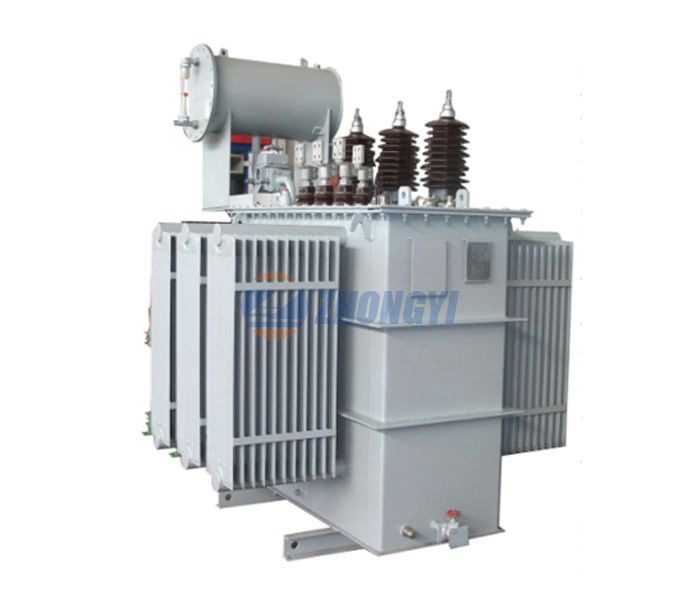Dec. 09, 2020
The normal operation of the power transformer is an important guarantee for the safe and stable operation of the power system. With the continuous improvement of the reliability requirements of the power system in my country, new requirements are also put forward for the stable performance of the power transformer. This article analyzes the prone faults of oil-immersed power transformers to promote the good development of fault diagnosis technology for oil-immersed power transformers and improve the efficiency of fault diagnosis.
Oil-immersed power transformers are a relatively common type of power transformers in my country. Through the analysis of common faults and fault diagnosis techniques of oil-immersed power transformers, we can strengthen our understanding and mastery of common faults, learn scientific and effective fault diagnosis methods, and facilitate Discover the hidden troubles of oil-immersed power transformers in time, and then take corresponding measures to deal with the faults and extend the service life of the equipment.

Thermal faults of transformers are mostly over-temperature phenomena, which mainly refer to the phenomenon that the oil temperature is higher than the usual normal temperature by more than 10°C under the normal operation of the transformer, or the oil temperature continues to rise when the load does not change. This phenomenon is mostly caused by abnormalities inside the transformer, such as a short circuit in the winding layer of the coil or between turns to generate heat, and the iron core is connected to the ground at multiple points, causing the iron core to overheat. In addition, overload operation, malfunctions of thermometers, coolers, etc. can also cause abnormalities in transformer temperature.
Abnormal oil level is the most common fault of oil-immersed power transformers. First of all, the abnormal oil level of the capsule oil conservator can be caused by many reasons, such as the aging of the pressure oil bag, the obstruction of the breathing pipe by the exhaler, the poor sealing of the inspection window on the oil conservator, the maintenance or Improper operation during installation resulted in residual gas in the oil conservator and an inappropriate amount of transformer oil added to the oil gauge; secondly, the abnormal oil level of the diaphragm oil conservator was caused by the diaphragm rupture which caused the oil level gauge to return to zero. The bending of the connecting rod causes the movement of the diaphragm to not correspond to the actual deflection of the pointer, or the rupture of the floating ball causes the oil level gauge to display lower than the actual oil level.
Transformer oil leakage refers to the appearance of oil stains or oil beads on the surface of the transformer. The parts that are prone to oil leakage mainly include the upper part of the casing, the sealing joint of the tank edge, the welding seam of the tank body and the tank edge, and the flange. The welding seam, the sealing part of the throttle wire plug, and the sealing part of the oil level gauge and thermometer. It can be analyzed from the location of the oil leakage that the cause of the transformer oil leakage failure is the low welding quality at the weld seam and the low sealing level at the seal. In addition, insufficient accuracy of the mating surface, random buckling of screws, and trachoma in the cast iron parts can also cause the transformer to leak oil.
The above information is provided by an oil-immersed power transformers supplier.
Contact Us
Contact us. Together with us, inspire boundless creativity
NAVIGATION
Tel: +86 312 5880165
Mob: +86 135 1322 2010
Fax: +86 312 5880165
E-mail: gracejia@zydqjt.com
Skype: +86 135 1322 2010
WhatsApp: +86 135 1322 2010
Wechat: +86 135 1322 2010
FOLLOW US
Add: Room A1109, No.483 Yulan Street, Baoding City, Hebei Province, China
